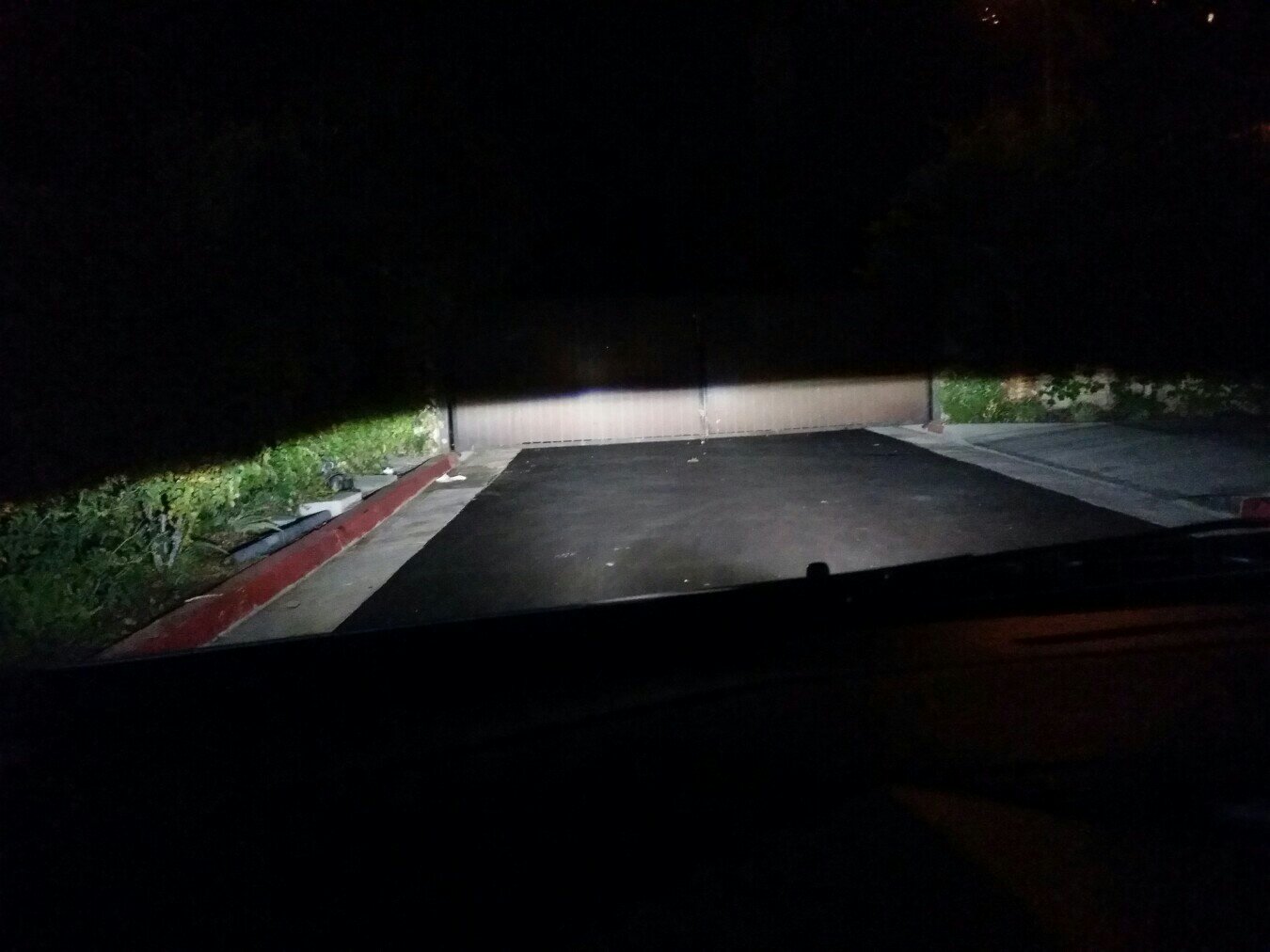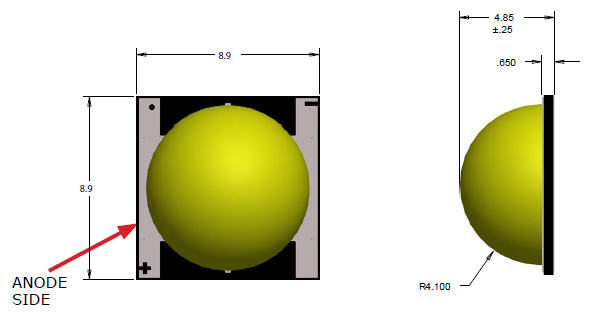Here is my static review (beam pattern, Lux measurement) of various headlight bulb options for the Mazda5, or any vehicle that uses the H11 bulb.
My dynamic review (driving) can be found HERE.
I will be reviewing DDM HID kit soon.
Here is the test setup that I used for this quick evaluation. Test surface is a bedsheet (I'm going to call it a screen) stretched over lumber, with a second thicker sheet behind, to reduce light bleeding through and confounding measurements. Distance from headlamp to screen is 2.1m (about 7ft, the max I can achieve in my garage, and I want to stay in the garage for easy and complete light control). The vehicle is confirmed level, and the lamps are aimed to horizontal using the pictured laser level shining across the optical center marked on the lamp lens, and onto the screen. Slightly below horizontal is preferred for driving on public streets, but horizontal is what I use for evaluation because it is simple to aim and achieve, so there is less room for aiming error putting one lamp at an advantage or disadvantage.
The camera is mounted in the center front of the vehicle and does not interfere with the beam pattern. The camera absolutely must switched to manual (settings below), otherwise the camera will try to achieve the same exposure and white balance for all shots, no matter how bright or dim the actual condition is, and all comparisons will be meaningless.
Each bulb was allowed to burn for 1 minute prior to taking pictures and measurements. The vehicle engine was running so that there would be no decreased battery voltage as the test progressed.
Img00.
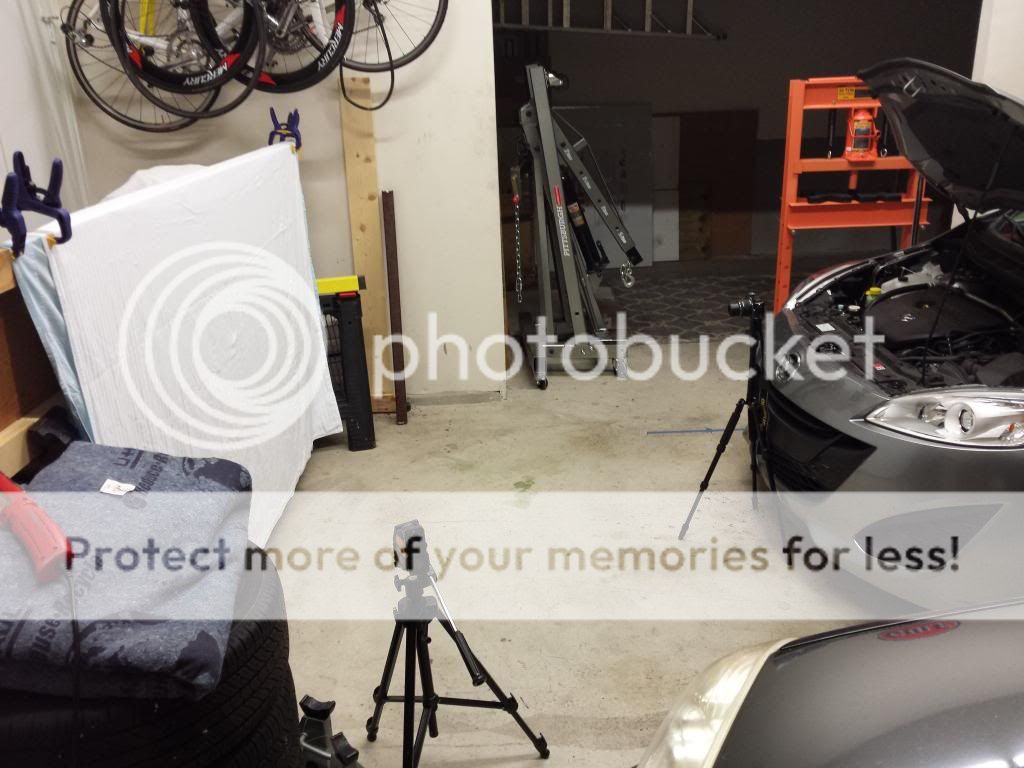
Here is the screen shot with the garage lights on. The camera is set to manual and every shot of the screen is taken using the following settings: ISO200, 1/20s, f8.0, 5000K WB, tripod mounted, 2sec shutter delay so I can press the shutter and 1) not cause any blur due to button press and 2) not be in the beam.
Img01
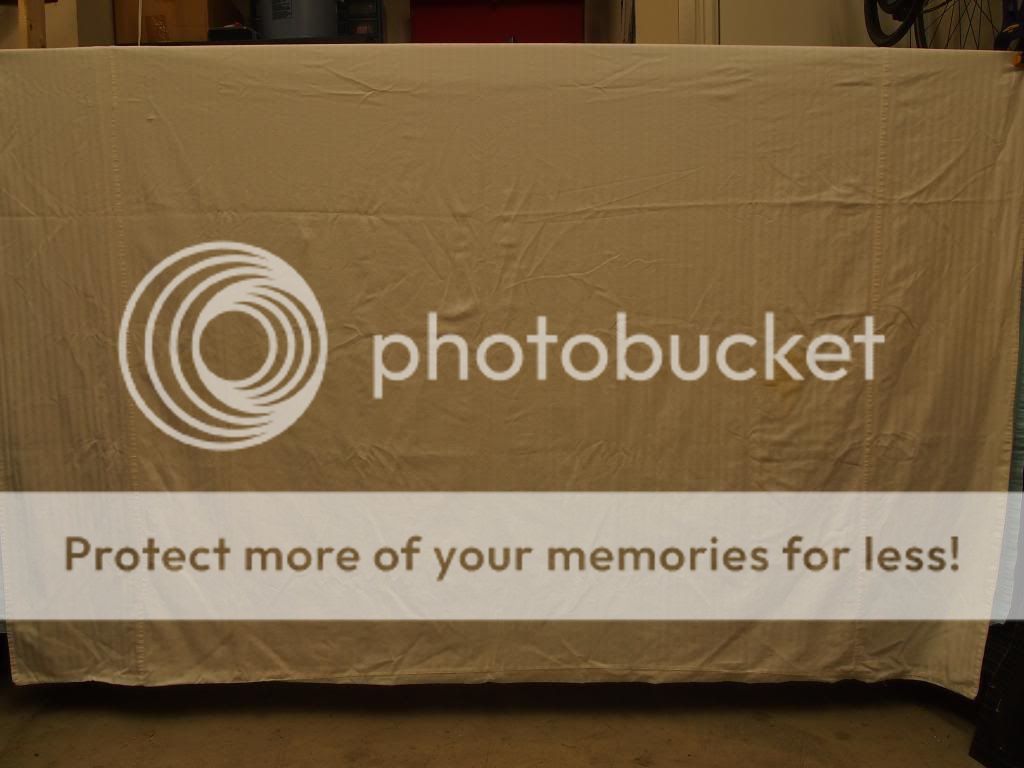
Here is the screen with all lights off.
Img02
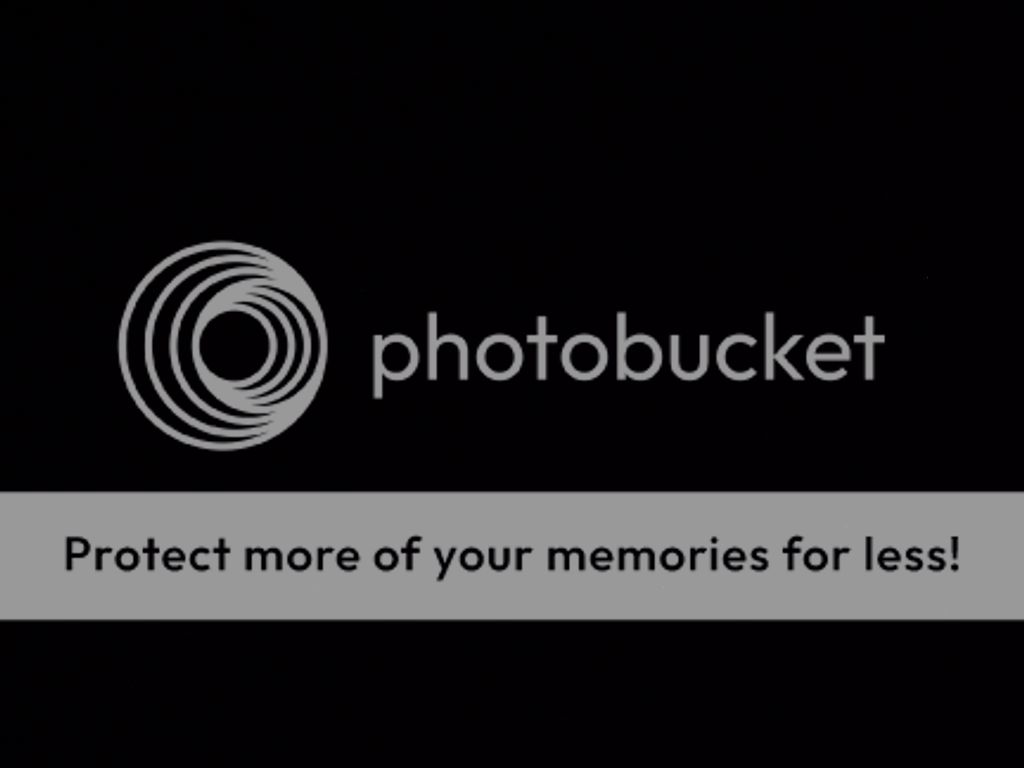
Here is the screen with parking lights only. There is enough light from the parking lights to move around the garage, but it's not really enough to show up on camera with these exposure settings.
Img03
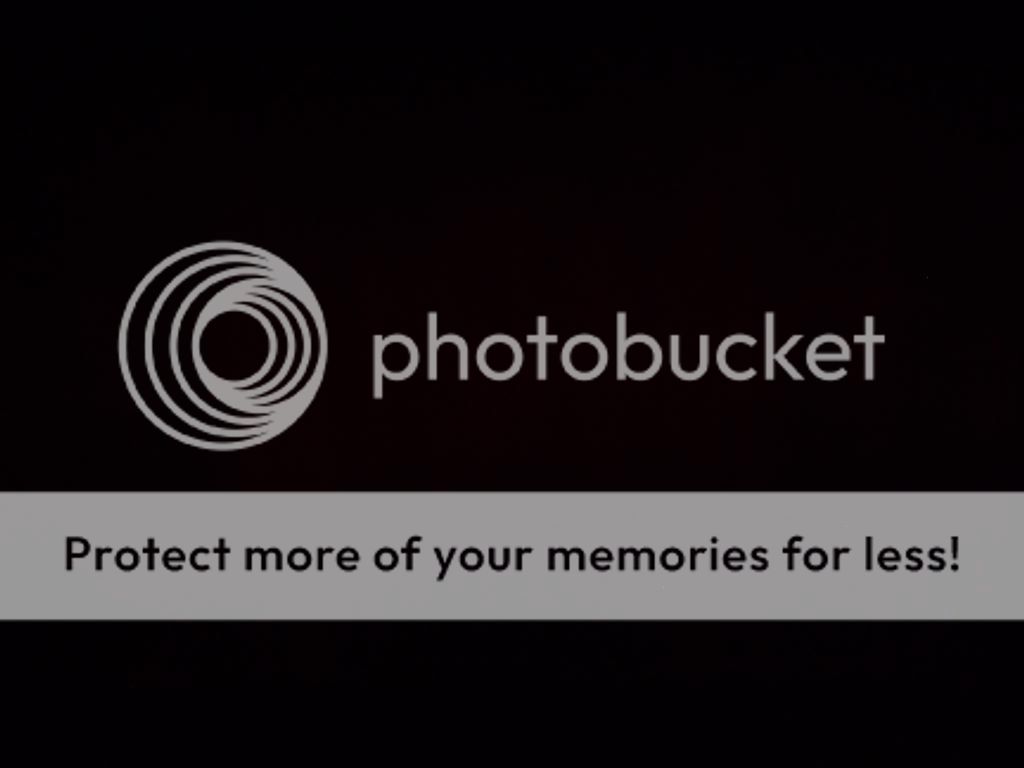
Here are the stock bulbs. H11 LL (long life). I measured a maximum luminous intensity of 4200 lux at the hotspot, and 100 lux above the cutoff line.
Img04
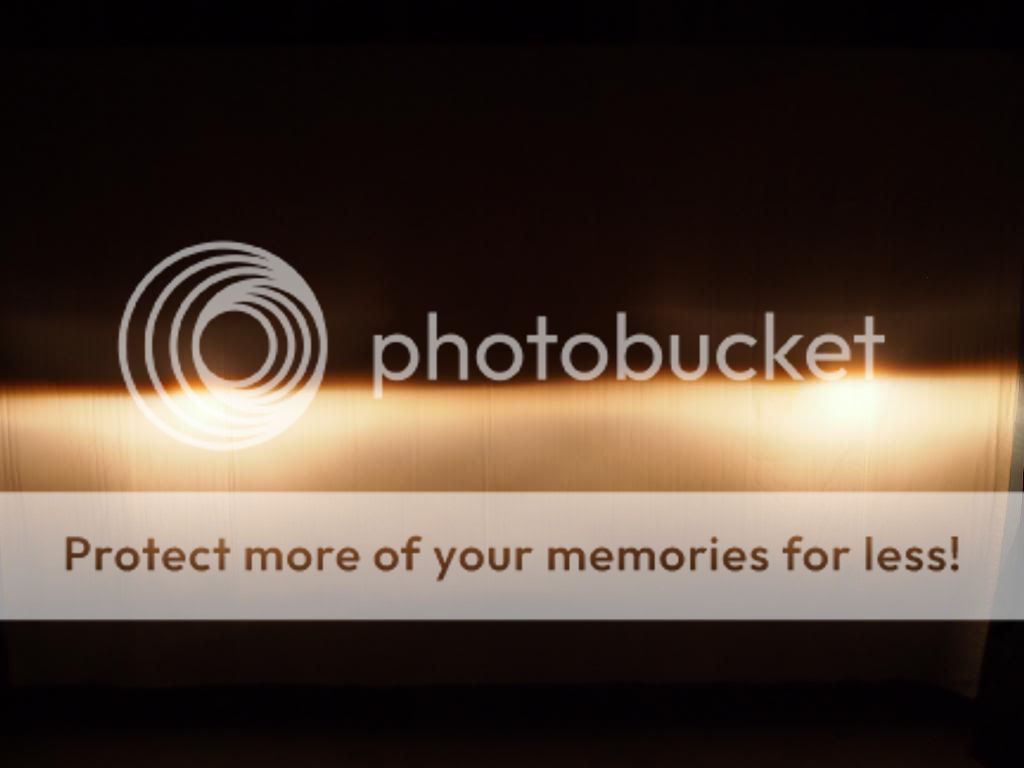
Here are the Hellst LED headlight bulbs. I measured a maximum luminous intensity of 550 lux at the "hotspot", and 200 lux above the cutoff line. 550 is not a typo. I put "hotspot" in quotes because there really is no hotspot with these bulbs. The beam pattern is very abnormal in that there is no hotspot, and instead the beam intensity is even over a wide range (graphic below). When driving, this gives the impression that the bulbs are very bright immediately in front of the car (which they "kind of" are), but without the high intensity hotspot, the reach (distance) of the beam is not good. I will have more driving evaluation next week. The beam in the lower portion is very smooth. My initial impression was that there was a significant amount of light thrown above the cutoff, but really it's not much more than the other bulbs. It just looks like there is more light above the cutoff because the light below the cutoff is dimmer, relatively speaking. On a white wall, there are significant "rainbows". In real-world driving they aren't really noticeable to the driver of the LED-equipped car, but may be noticeable to oncoming traffic as flashes of various colors from the headlights as the cutoff moves through the driver's field of vision. The cutoff is well enough defined, though again it has an abnormal shape that does not match the standard shape for a VOR (or any) lamp system.
Img05
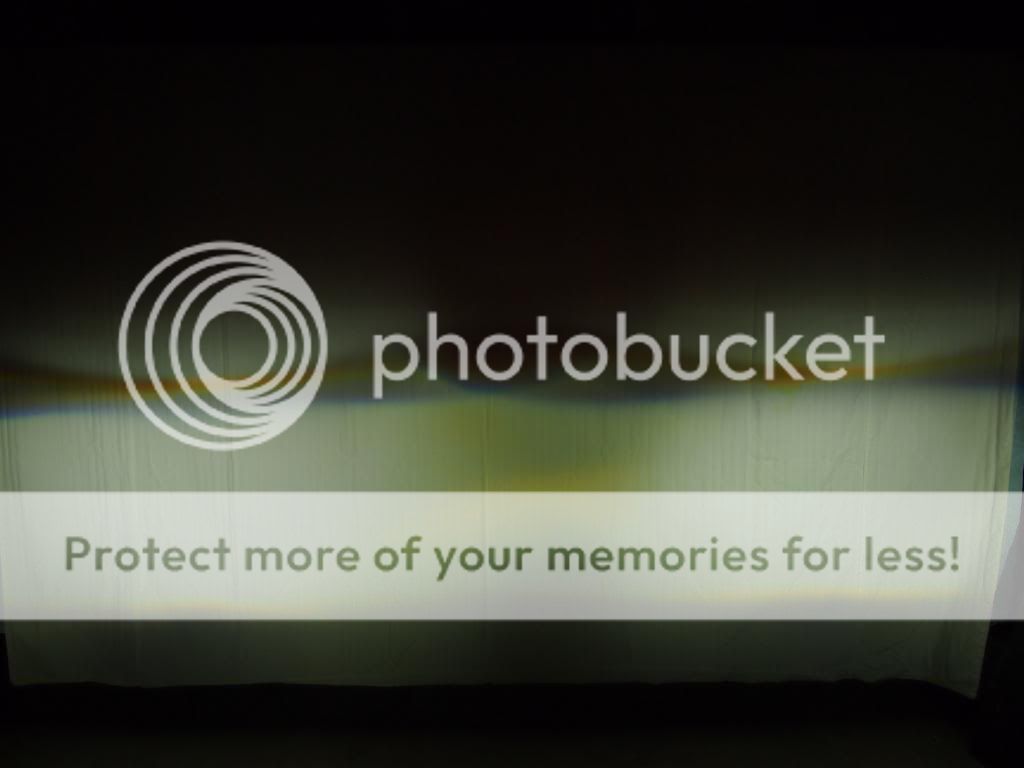
Img051
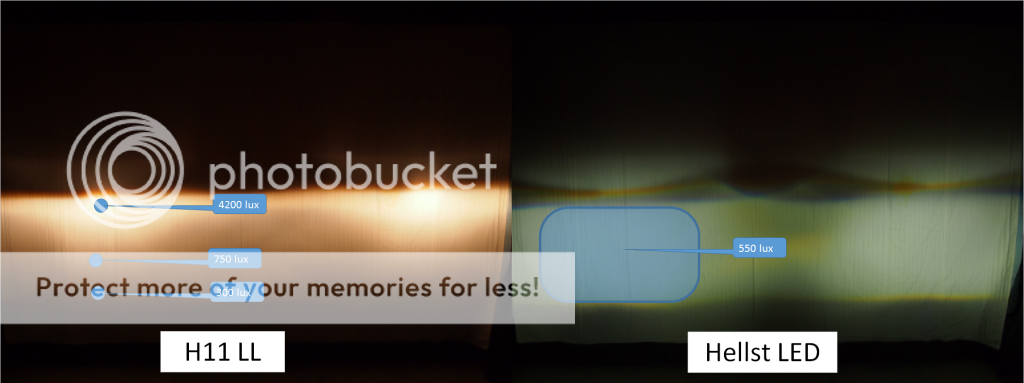
Here are Philips H11 X-treme Vision +100 bulbs. They are H11 bulbs that meet all FMVSS requirements, they are just designed and manufactured to tighter tolerances and to the extreme high-end of the allowable (per FMVSS/SAE) output for H11 bulbs. I measured a maximum luminous intensity of 5350 lux at the hotspot, and 130 lux above the cutoff line. The tradeoff for increased output in this bulb is increased cost and reduced life compared to the H11 LL.
Img06
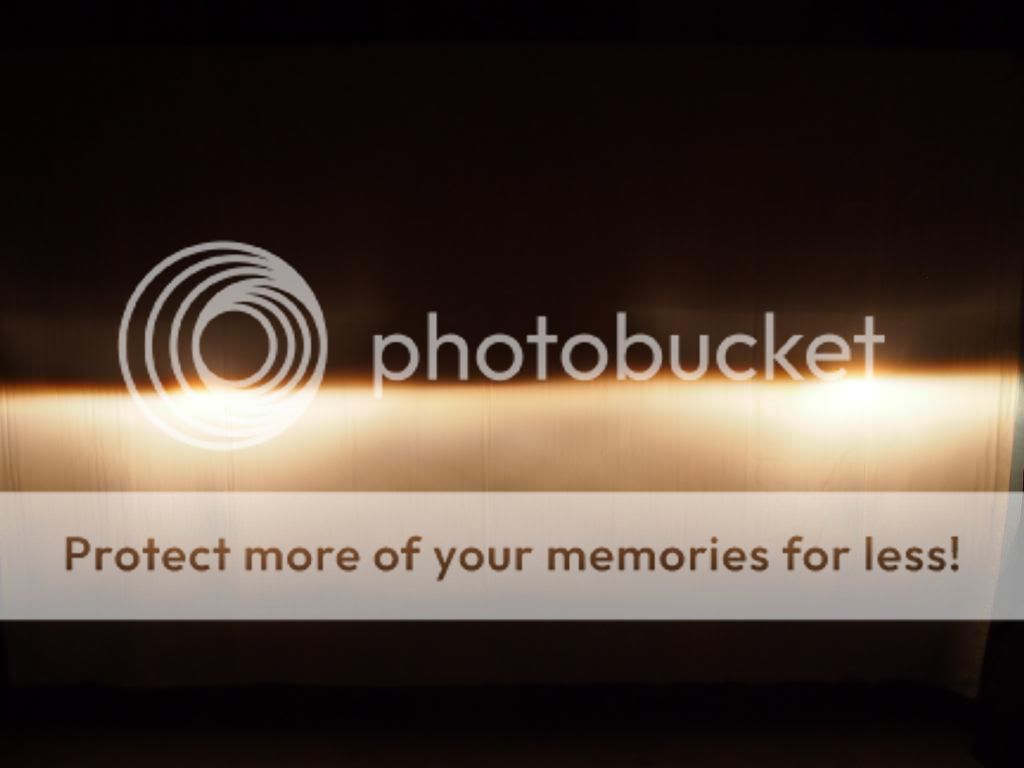
Here is a popular bulb swap for H11 bulbs, the H9. This swap is technically not legal, though some debate the actual safety implications of the swap. The H9 has higher output and is not sheilded like the H11 is. In a reflector-type lamp, this will certainly cause uncomfortable glare for oncoming drivers and I would not recommend it. In the mazda5 projector housings, there is a bit more noticable glare, and the amount of light thrown above the cutoff is equal to the Hellst LED's as the most in the test. If that is an objectionable amount is debateable. It is certainly borderline, in my opinion. I measured a maximum luminous intensity of 6350 lux at the hotspot, and 200 lux above the cutoff line.
Img07
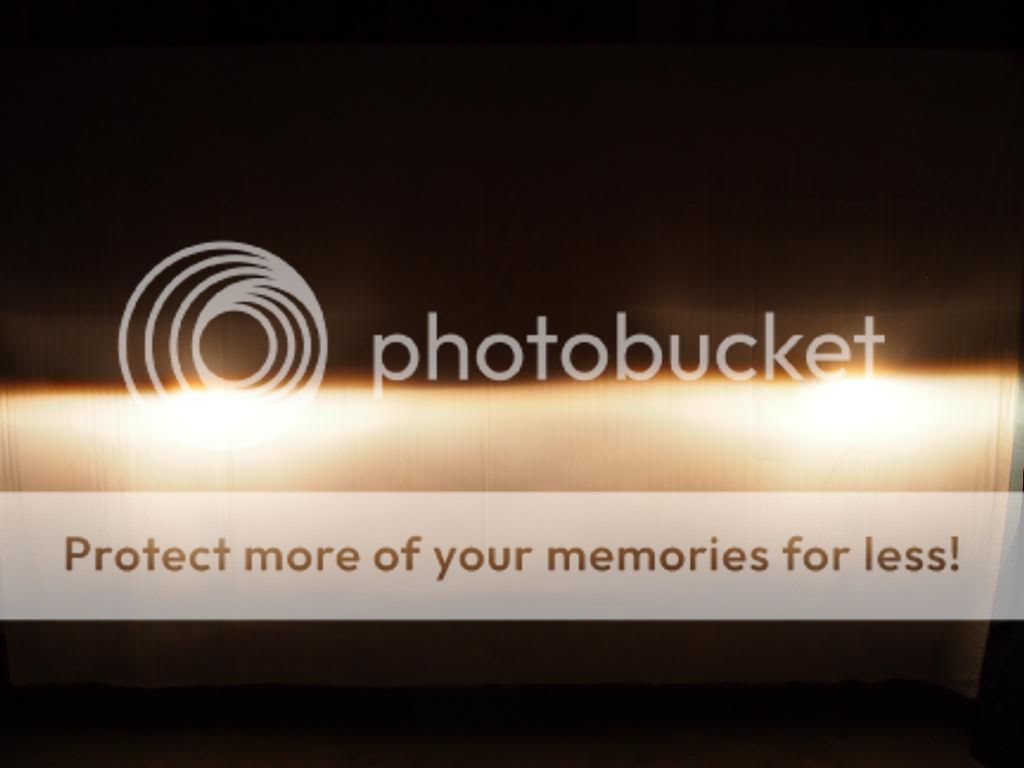
Here is a comparison pic of the four bulbs.
Img10
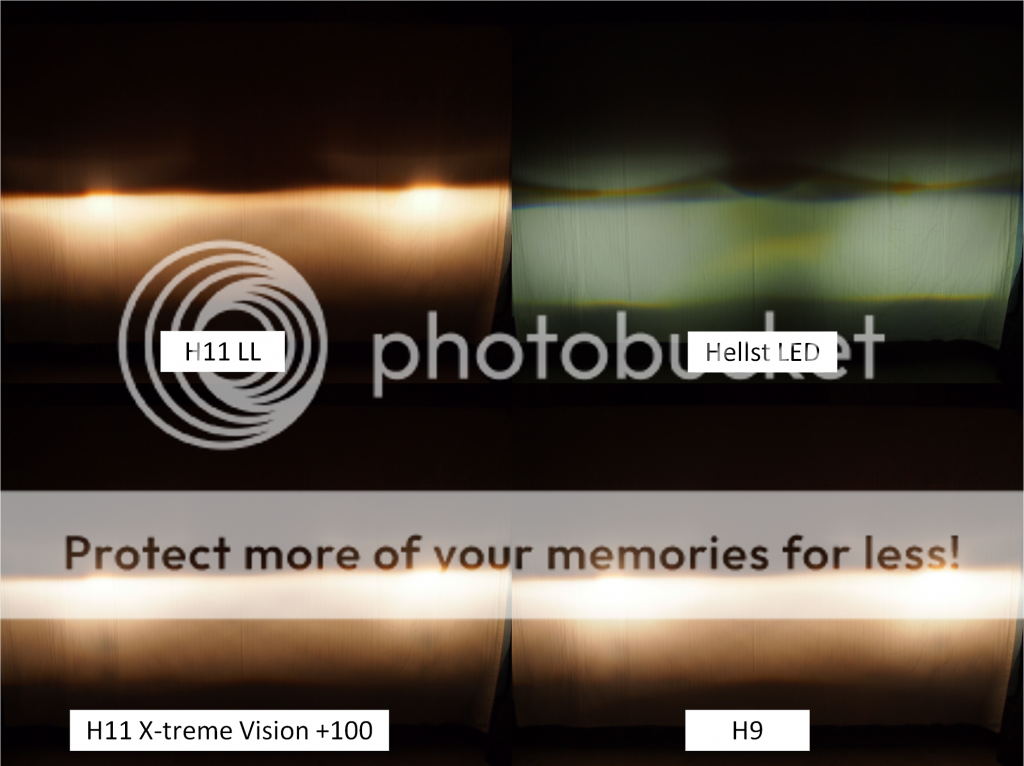
And a comparison chart. It is fair to note that this chart only indicates maximum hotspot brightness, which primarily correlates to beam reach. This chart does not reflect any other aspect of lamp performance.
Img11

Here are the high beams as a reference. I measured a maximum luminous intensity of 14,600 lux at the hotspot.
Img08
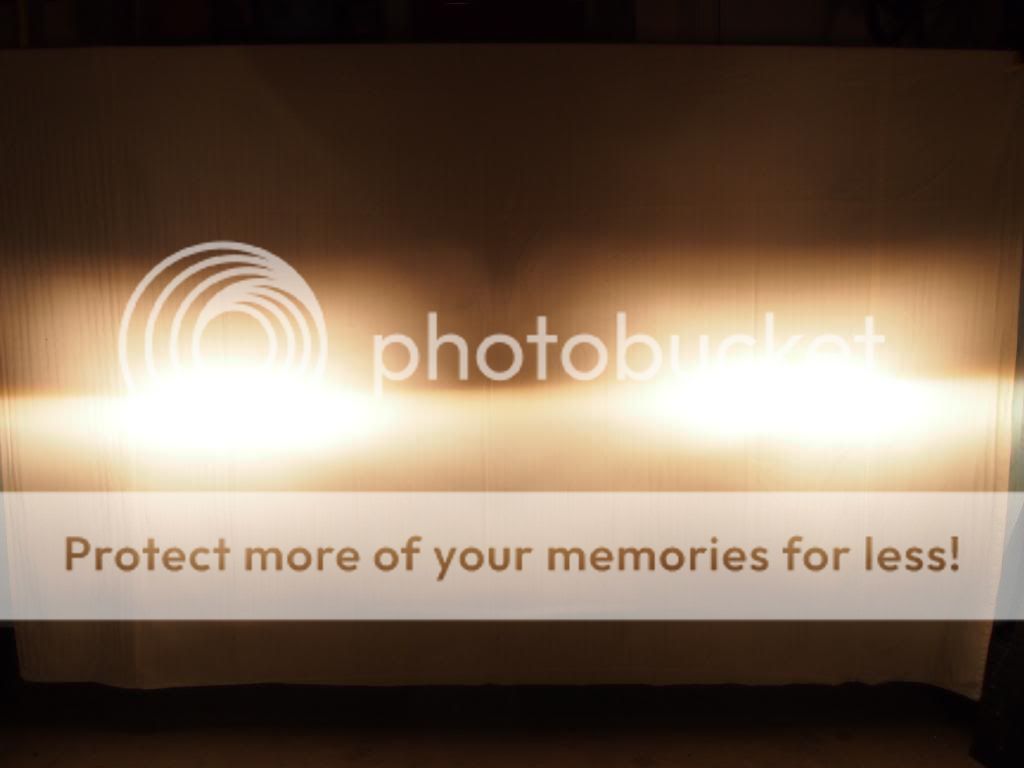
I will do a full drive evaluation of all bulbs later. I will evaluate beam intensity, reach, dispersion, evenness, and cuttoff in real-world driving. My qualifications include 1) being a nerd who likes automotive lighting and flashlights as a hobby, and 2) Before my current OEM QC job, I previously worked for the same major OEM as a design/evaluation engineer for Automotive lighting and did this exact type of thing on a regular basis as a part of my job (though admittedly only for about a year).
My dynamic review (driving) can be found HERE.
I will be reviewing DDM HID kit soon.
Here is the test setup that I used for this quick evaluation. Test surface is a bedsheet (I'm going to call it a screen) stretched over lumber, with a second thicker sheet behind, to reduce light bleeding through and confounding measurements. Distance from headlamp to screen is 2.1m (about 7ft, the max I can achieve in my garage, and I want to stay in the garage for easy and complete light control). The vehicle is confirmed level, and the lamps are aimed to horizontal using the pictured laser level shining across the optical center marked on the lamp lens, and onto the screen. Slightly below horizontal is preferred for driving on public streets, but horizontal is what I use for evaluation because it is simple to aim and achieve, so there is less room for aiming error putting one lamp at an advantage or disadvantage.
The camera is mounted in the center front of the vehicle and does not interfere with the beam pattern. The camera absolutely must switched to manual (settings below), otherwise the camera will try to achieve the same exposure and white balance for all shots, no matter how bright or dim the actual condition is, and all comparisons will be meaningless.
Each bulb was allowed to burn for 1 minute prior to taking pictures and measurements. The vehicle engine was running so that there would be no decreased battery voltage as the test progressed.
Img00.

Here is the screen shot with the garage lights on. The camera is set to manual and every shot of the screen is taken using the following settings: ISO200, 1/20s, f8.0, 5000K WB, tripod mounted, 2sec shutter delay so I can press the shutter and 1) not cause any blur due to button press and 2) not be in the beam.
Img01

Here is the screen with all lights off.
Img02

Here is the screen with parking lights only. There is enough light from the parking lights to move around the garage, but it's not really enough to show up on camera with these exposure settings.
Img03

Here are the stock bulbs. H11 LL (long life). I measured a maximum luminous intensity of 4200 lux at the hotspot, and 100 lux above the cutoff line.
Img04

Here are the Hellst LED headlight bulbs. I measured a maximum luminous intensity of 550 lux at the "hotspot", and 200 lux above the cutoff line. 550 is not a typo. I put "hotspot" in quotes because there really is no hotspot with these bulbs. The beam pattern is very abnormal in that there is no hotspot, and instead the beam intensity is even over a wide range (graphic below). When driving, this gives the impression that the bulbs are very bright immediately in front of the car (which they "kind of" are), but without the high intensity hotspot, the reach (distance) of the beam is not good. I will have more driving evaluation next week. The beam in the lower portion is very smooth. My initial impression was that there was a significant amount of light thrown above the cutoff, but really it's not much more than the other bulbs. It just looks like there is more light above the cutoff because the light below the cutoff is dimmer, relatively speaking. On a white wall, there are significant "rainbows". In real-world driving they aren't really noticeable to the driver of the LED-equipped car, but may be noticeable to oncoming traffic as flashes of various colors from the headlights as the cutoff moves through the driver's field of vision. The cutoff is well enough defined, though again it has an abnormal shape that does not match the standard shape for a VOR (or any) lamp system.
Img05

Img051

Here are Philips H11 X-treme Vision +100 bulbs. They are H11 bulbs that meet all FMVSS requirements, they are just designed and manufactured to tighter tolerances and to the extreme high-end of the allowable (per FMVSS/SAE) output for H11 bulbs. I measured a maximum luminous intensity of 5350 lux at the hotspot, and 130 lux above the cutoff line. The tradeoff for increased output in this bulb is increased cost and reduced life compared to the H11 LL.
Img06

Here is a popular bulb swap for H11 bulbs, the H9. This swap is technically not legal, though some debate the actual safety implications of the swap. The H9 has higher output and is not sheilded like the H11 is. In a reflector-type lamp, this will certainly cause uncomfortable glare for oncoming drivers and I would not recommend it. In the mazda5 projector housings, there is a bit more noticable glare, and the amount of light thrown above the cutoff is equal to the Hellst LED's as the most in the test. If that is an objectionable amount is debateable. It is certainly borderline, in my opinion. I measured a maximum luminous intensity of 6350 lux at the hotspot, and 200 lux above the cutoff line.
Img07

Here is a comparison pic of the four bulbs.
Img10

And a comparison chart. It is fair to note that this chart only indicates maximum hotspot brightness, which primarily correlates to beam reach. This chart does not reflect any other aspect of lamp performance.
Img11

Here are the high beams as a reference. I measured a maximum luminous intensity of 14,600 lux at the hotspot.
Img08

I will do a full drive evaluation of all bulbs later. I will evaluate beam intensity, reach, dispersion, evenness, and cuttoff in real-world driving. My qualifications include 1) being a nerd who likes automotive lighting and flashlights as a hobby, and 2) Before my current OEM QC job, I previously worked for the same major OEM as a design/evaluation engineer for Automotive lighting and did this exact type of thing on a regular basis as a part of my job (though admittedly only for about a year).

